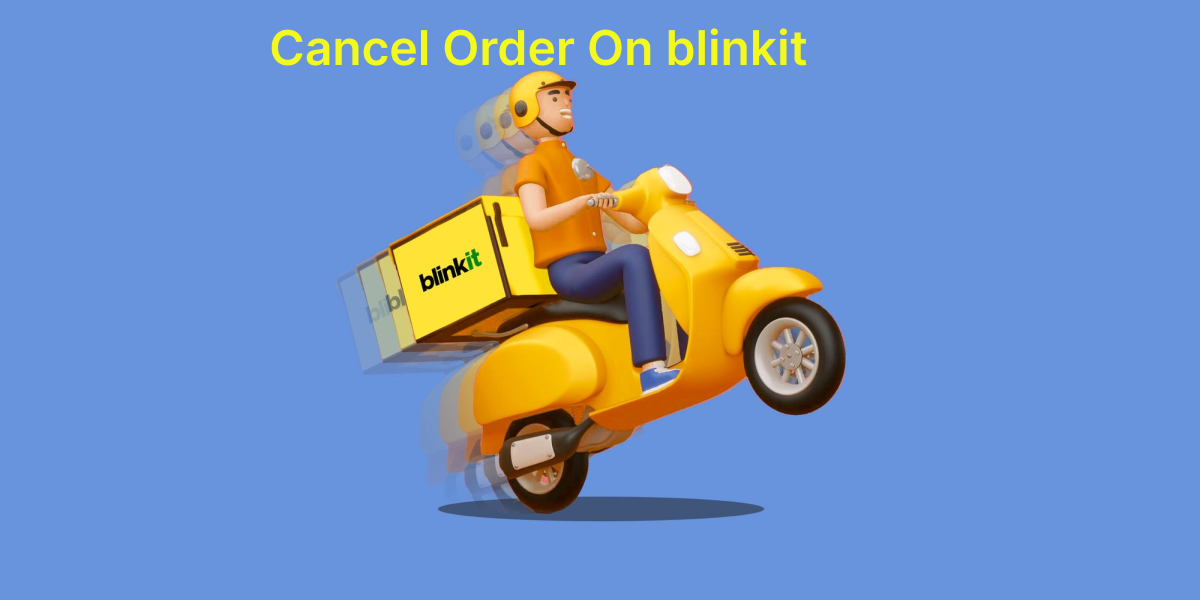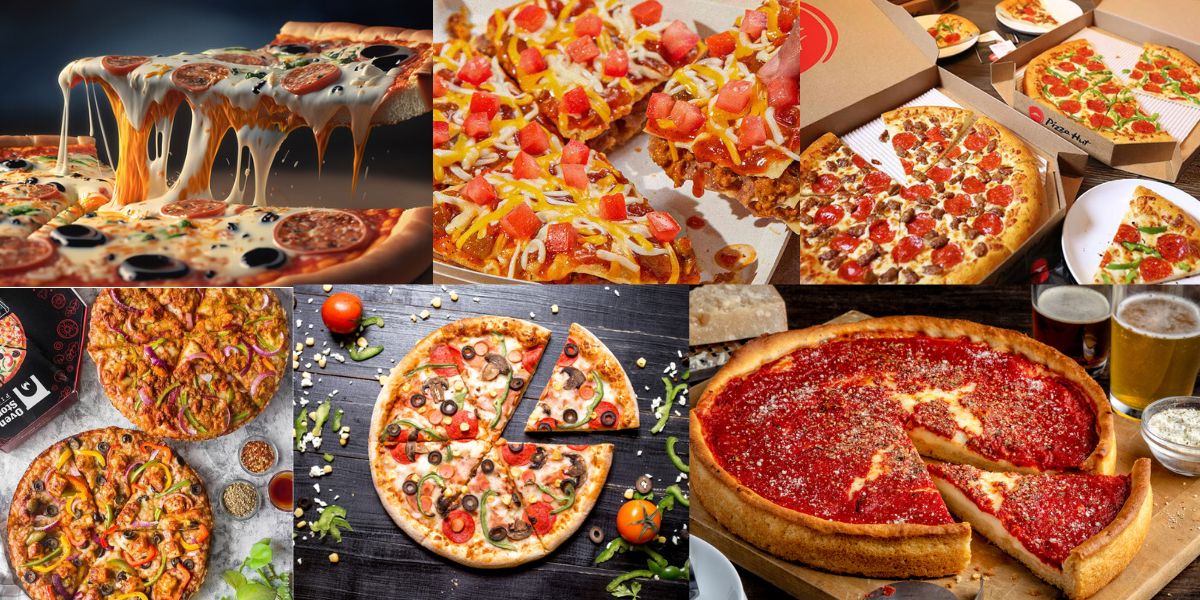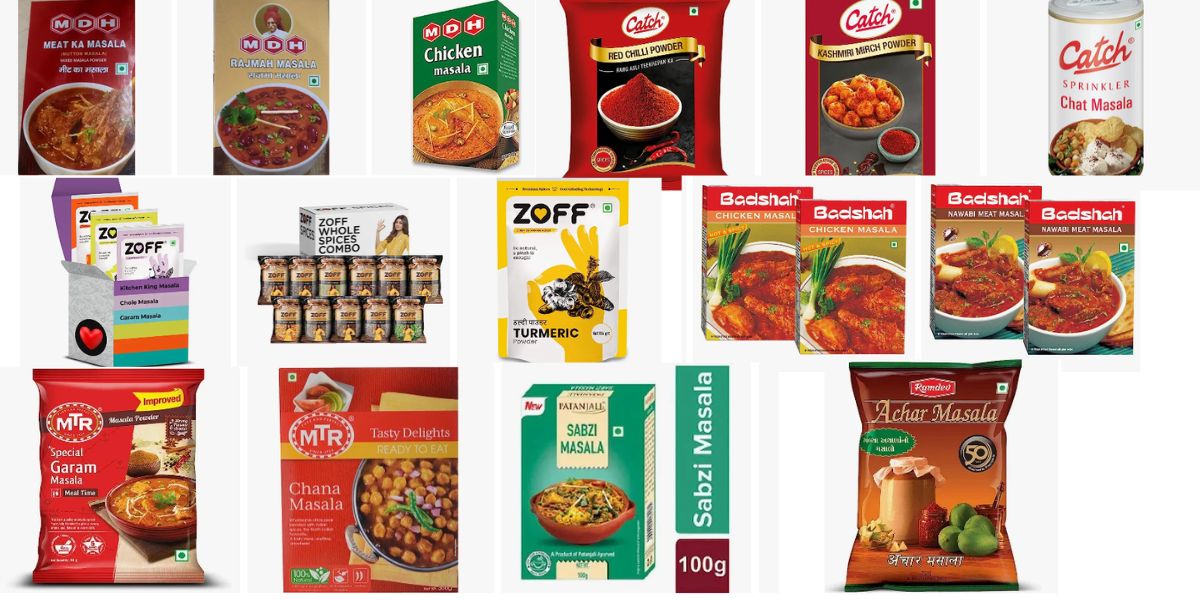You’ve heard of all those rumors which say chocolate reduces health risks, prevents cardiovascular diseases. Though most studies are highly correlative in nature, the science of it yet to be understood completely.
Bitter to sweet
Guess how old your is cadbury! 1868!! Yes! THAT old. Nearly same age, Nestle. 1500’s were the era of chocolate. Bitter. eewwwh! It was taken in nearly all forms. Drinks. Pastes. Bars. With the incoming of machines in 1700’s, people started experimenting with different ways of making chocolates. It took more than hundred years to reduce it’s bitterness. And 100 more to make it Silk.

Science of chocolate
Roasting. Ahmm… If you’ve ever been to a place where chocolates are roasted..Or you’ve done that yourself, you’ll recognise that sound. Ahmm… It takes over you. Smoothly.
Conching makes chocolates. Remember the smooth Silk texture? That is achieved by this process. In simple words, it is mulling of cocoa powder. Adding some sweetener and varying cocoa contents. That gives you varities in chocolates.
![Online offers on Chocolate The dried beans are then transported to a chocolate manufacturing facility. The beans are cleaned (removing twigs, stones, and other debris), roasted, and graded. Next, the shell of each bean is removed to extract the nib. Finally, the nibs are ground and liquefied, resulting in pure chocolate in fluid form: chocolate liquor.[53] The liquor can be further processed into two components: cocoa solids and cocoa butter](https://bunny-wp-pullzone-5y8931bu1f.b-cdn.net/wp-content/uploads/2015/07/choco2.jpeg)
Interesting… hmm?
To test how fast bad science gets to news, John Bohannon, needed a topic which could be viral. What else can be better than a rumor about chocolate.. backed by some ‘bad’ science? As it turns out, many national dailies and international covered the ‘false publication’ – even some health magazines. Tricky! Chocolates surely do not help you for weight loss.

Not all cards are Ace
Now that you’ve dreamt your dream – chocolates… Let’s consider one more aspect of it. During production of chocolate.. to keep the costs low, many people have to do slave labor. Mainly – children – at Ivory Coast of Africa. Where do they come from? Though I don’t have ‘data’ with me. So, I quote ‘12000’ (2009) from Wikipedia. That is 4 children every 3 hours – that is scary. So, remember, for every chocolate you eat, someone is working hard, beyond human limits, or maybe, illegally.
![Chocolate is a product of the cacao bean, which grows primarily in the tropical climates of Western Africa, Asia, and Latin America.[1] The cacao bean is more commonly referred to as cocoa, so that is the term that will be used throughout this article. Western African countries, mostly Ghana and the Ivory Coast,[2] supply more than 70% of the world’s cocoa.[1] The cocoa they grow and harvest is sold to a majority of chocolate companies, including the largest in the world.](https://bunny-wp-pullzone-5y8931bu1f.b-cdn.net/wp-content/uploads/2015/07/choco4.jpeg)
@author: Abhishek Tripathi
Published by : Paisawapas.com
Also See:


![Chocolate is a typically sweet, usually brown, food preparation of Theobroma cacao seeds, roasted and ground, often flavored, as with vanilla. It is made in the form of a liquid, paste, or in a block, or used as a flavoring ingredient in other sweet foods. Cacao has been cultivated by many cultures for at least three millennia in Mesoamerica. The earliest evidence of use traces to the Mokaya (Mexico and Guatemala), with evidence of chocolate beverages dating back to 1900 BC.[1] In fact, the majority of Mesoamerican people made chocolate beverages, including the Maya and Aztecs,[2] who made it into a beverage known as xocolātl /ʃoˈkolaːt͡ɬ/, a Nahuatl word meaning "bitter water". The seeds of the cacao tree have an intense bitter taste and must be fermented to develop the flavor.](https://bunny-wp-pullzone-5y8931bu1f.b-cdn.net/wp-content/uploads/2015/07/choco_feature.jpg)







